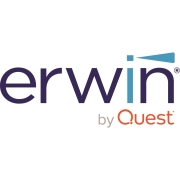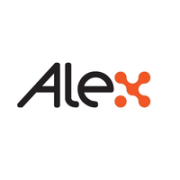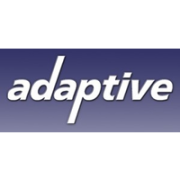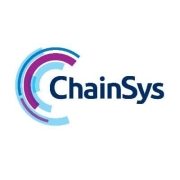Metadata Management streamlines data organization by standardizing and defining the data's context within a system, improving data governance and usability.
Data-driven organizations require efficient Metadata Management to ensure data integrity and accessibility. By implementing this system, enterprises can maintain consistency across data assets, enabling seamless data interoperability and better decision-making processes. Responsible for facilitating the discovery, management, and application of data, these solutions aid organizations in achieving a unified data strategy.
What are the critical features of a Metadata Management solution?In financial services, Metadata Management ensures accurate compliance reporting and risk management. In healthcare, it enhances patient data integration across systems for better clinical outcomes, while in retail, it supports customer analytics and personalized marketing efforts.
Efficient Metadata Management solutions are essential for organizations aiming to optimize data utility, ensuring that data remains an asset rather than a burden. As organizations deal with increasing volumes of data, these solutions assist in maintaining a structured and usable form of data, aiding strategic growth.

































Metadata provides information about data. It answers the questions Who, What, Where, When, Why, and How. In contrast, master data refers to key business information that supports transactions. It may describe the customers, products, employees, suppliers, materials, etc. involved in transactions. Master data is commonly referred to as Parties (people, suppliers, customers, employees, etc.), Places (geography, sites, locations, etc.), and Things (material, items, etc.). Master data denotes a bigger set of values than does metadata. Master data is less about the essential qualities of the data than it is about the context in which the organization relates to the data.
Metadata Management plays a crucial role in improving data governance by ensuring data is well-organized, traceable, and easily accessible. It helps you establish clear data ownership, define data policies, and ensure compliance with regulatory requirements. A robust Metadata Management solution enables you to implement data lineage, which allows you to track data movement across your systems, thus enhancing transparency and accountability in data governance practices.
What Are the Key Features to Look for in a Metadata Management Solution?When selecting a Metadata Management solution, look for features such as automated metadata discovery, collaboration tools, data lineage capabilities, and integration support with various data sources. It's important that the solution offers a user-friendly interface and provides strong security measures. These features will help you efficiently manage and utilize metadata across your organization, promote collaboration among teams, and ensure data consistency and quality.
How Does Metadata Management Enhance Data Quality?Metadata Management enhances data quality by providing clear documentation of data attributes, definitions, and sources. This comprehensive overview helps you identify and resolve inconsistencies, redundancies, and inaccuracies within your data. By managing metadata effectively, you can implement better data validation processes and maintain high standards of data quality, which is essential for decision-making and operational processes.
Can Metadata Management Solutions Integrate with Existing Data Architectures?Yes, modern Metadata Management solutions are designed to integrate seamlessly with existing data architectures. They support various data sources, platforms, and environments, allowing you to leverage existing IT investments. These solutions often provide APIs, connectors, and plugins that facilitate integration, ensuring that your metadata is continuously synchronized across different systems, thereby providing a unified view of your metadata infrastructure.
What Are the Benefits of Automated Metadata Discovery?Automated metadata discovery provides numerous benefits, including increased efficiency, reduced manual effort, and improved accuracy. By automatically scanning your data environment, it quickly identifies and catalogs metadata, enabling you to maintain up-to-date records. This process helps you better understand your data landscape, discover new data assets, and ensure compliance with data management policies, ultimately leading to more informed decision-making and strategic planning.